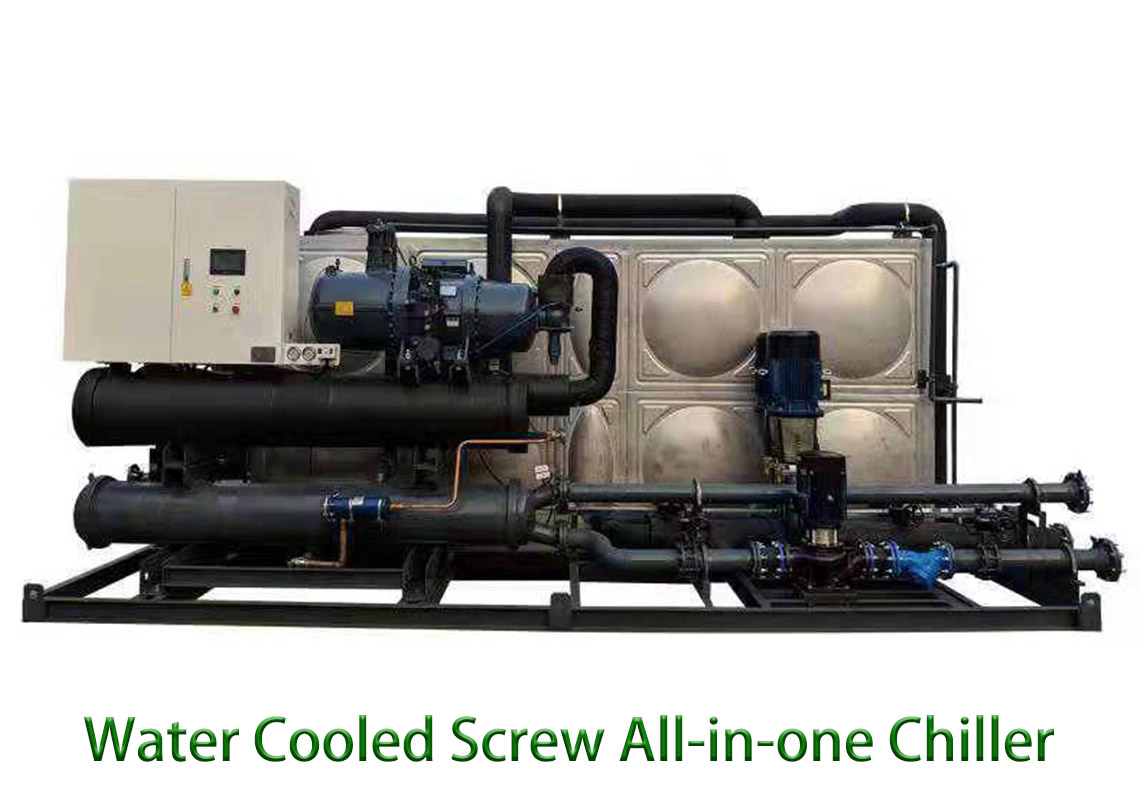The compressor is the core component of the industrial chiller. Although the brand compressor we use has a long life, in actual use, if the user does not carefully maintain and maintain the compressor of the industrial chiller, it will also cause problems. Failures of varying degrees will seriously affect the performance of the entire industrial chiller. Preventing compressor failure in industrial chillers is therefore critical to maintaining reliable operation and minimizing downtime. Here are some effective measures to prevent compressor failure:
1. Routine inspections: During the use of industrial chillers, you need to always pay attention to the problem of compressor operating noise. If the noise increases significantly, according to the experience introduced by the factory cooler factory, shutdown inspections need to be completed in a timely and effective manner. , on the basis of ensuring normal operation, complete the maintenance work of industrial cooler compressors. Note: Once the compressor makes noise, you need to be more vigilant. Often small problems can cause complex and serious faults in the later period, such as compressor fluid shock.
2. Regular maintenance: Implement a comprehensive maintenance plan for the chiller system, including routine inspections, cleaning, lubrication and component inspections. Follow the manufacturer's recommendations for maintenance intervals and procedures.
3. Monitor the refrigerant level: Make sure the chiller has the correct refrigerant charge. Low refrigerant levels can cause the compressor to work harder, leading to overheating and potential failure. Regularly check and maintain proper refrigerant levels according to system specifications. During use, the specific values of the pressure gauge of the industrial chiller need to be paid attention to at any time. If there is a large-scale abnormality, careful inspection is required at this time. The specific inspection method can be completed according to the relevant methods introduced by the domestic industrial chiller manufacturer. Check the process to avoid pressure problems that affect the specific working efficiency of the compressor of the industrial chiller, causing an increase in electricity consumption and increasing the energy consumption of the industrial chiller. Note: Chiller pressure gauge, including high pressure pressure gauge, low pressure pressure gauge, etc.
4. Clean condenser and evaporator coils: Dirty coils will reduce heat transfer efficiency, resulting in increased compressor workload and higher operating temperatures. Clean your condenser and evaporator coils regularly to remove dirt, dust and debris that has accumulated on their surfaces.
5. Maintain proper oil level and quality: Compressor oil lubricates and cools the compressor’s internal components. Monitor oil levels regularly and refill or replace oil as needed. Make sure the oil used is of the type and quality recommended for the cooling system.

6. Check the electrical connections: Loose or faulty electrical connections may cause excessive current, causing the compressor to overheat and malfunction. Regularly check and tighten electrical connections to ensure electrical components are intact.
7. Monitor operating parameters: Install a monitoring system to continuously monitor key parameters such as compressor discharge temperature, suction pressure, and motor current intensity. Set alerts or alarms to notify operators of any abnormal conditions so timely intervention and corrective measures can be taken.
8. Adequate airflow and ventilation: Make sure there is proper airflow and ventilation around the chiller. Poor airflow can cause the compressor to overheat. Remove any obstructions and regularly check and clean the air filter to maintain optimal airflow.
9. Avoid frequent cycles: Try to reduce the frequency of starting and shutting down the chiller, as frequent cycles will put extra pressure on the compressor. Maintain as stable operating conditions as possible to reduce compressor workload.
10. Train personnel: Provide appropriate training to chiller operators and maintenance personnel on chiller operation, maintenance procedures and troubleshooting techniques. Well-trained personnel can detect potential problems early and take appropriate measures to prevent compressor failure.
By implementing these measures, you can significantly reduce the risk of compressor failure and extend the life of your industrial chiller system. Additionally, it is recommended to consult the industrial chiller manufacturer’s guidelines and recommendations for specific maintenance procedures and precautions.